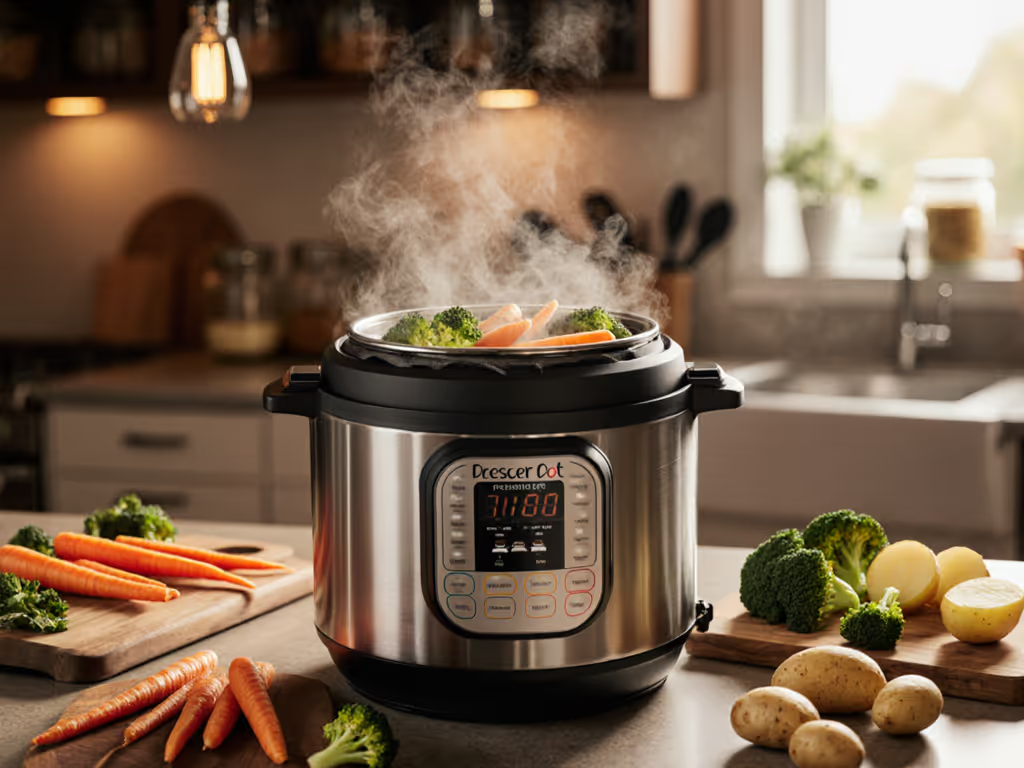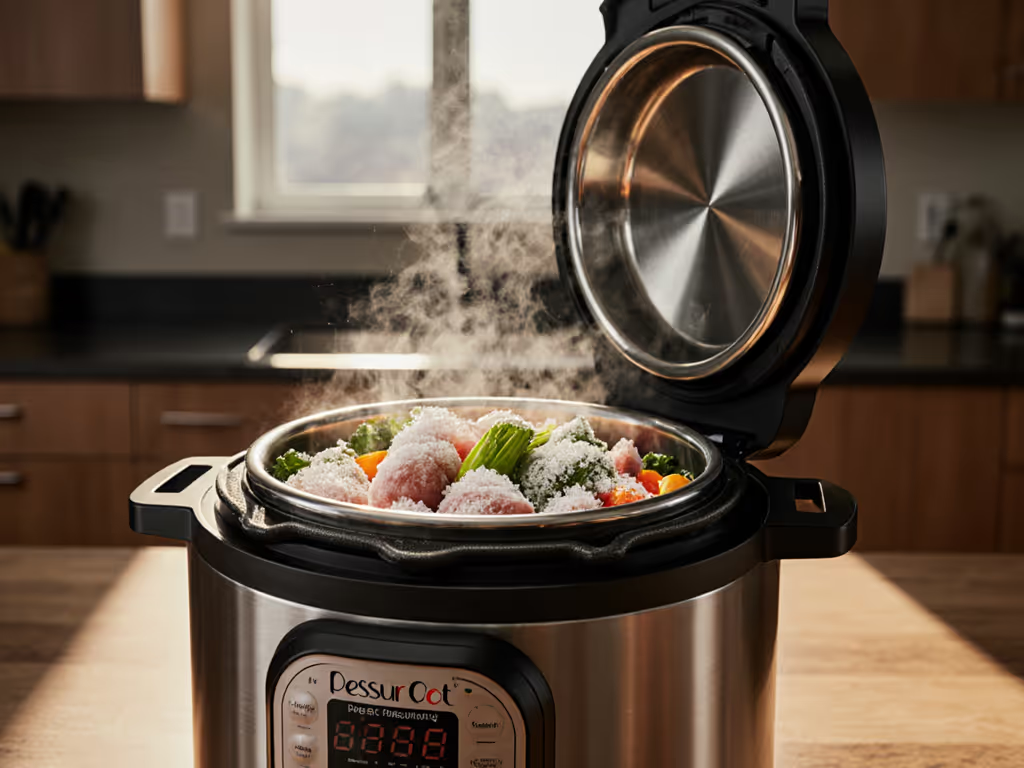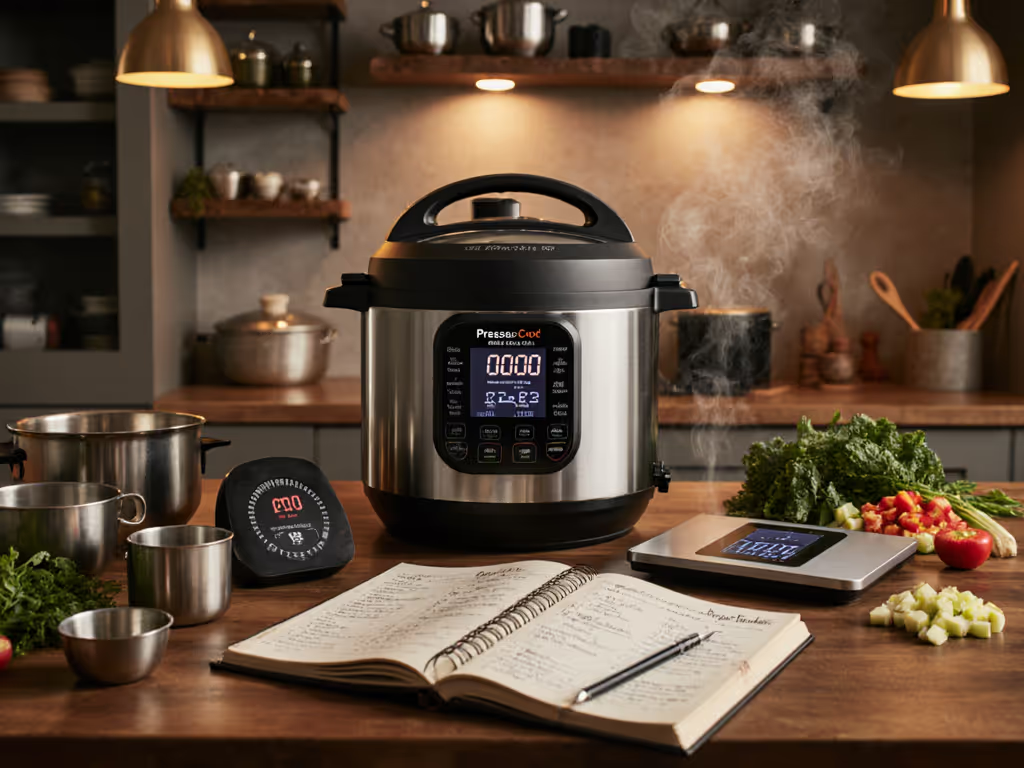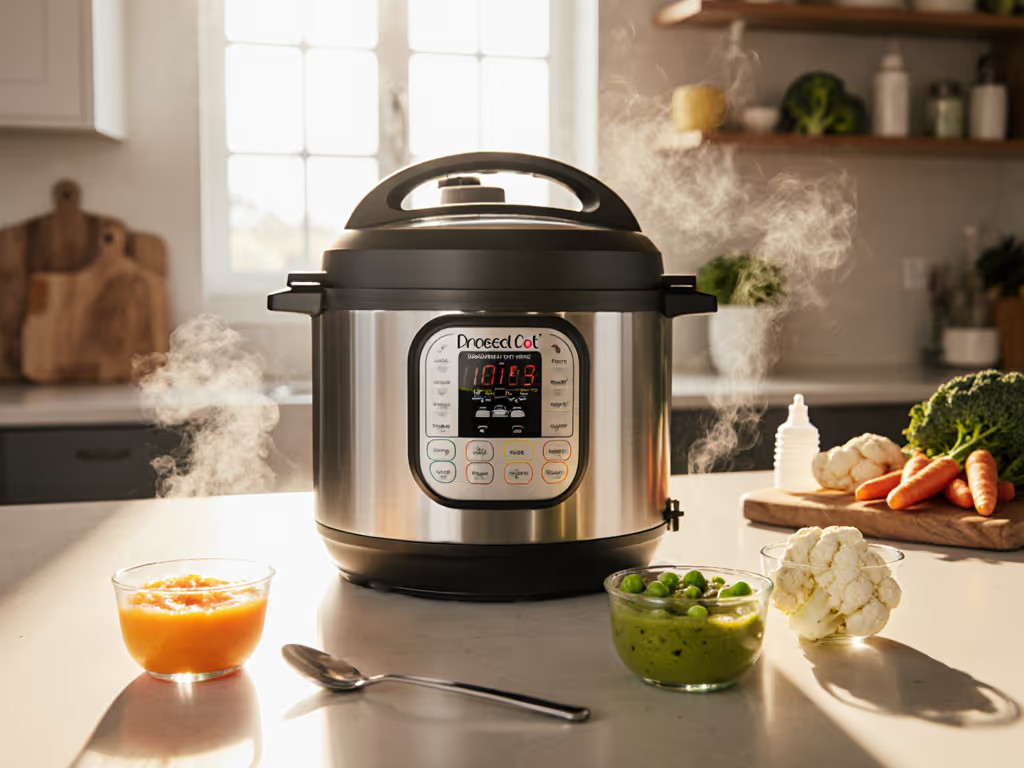
No Thaw Pressure Cooking: Safe Frozen Meal Method

Life happens. You're exhausted after work, realize you forgot to defrost chicken, and stare into the freezer wondering if takeout is your only option. Good news: frozen food pressure cooking is not just possible, it's safe when you follow precise protocols. No thaw pressure cooking delivers reliable results if you respect the physics and safety requirements. This isn't about cutting corners; it's about working smarter with your pressure cooker's engineering. New to pressure cooking? Start with our Pressure Cooker Basics for safe first-time use.
Let's address the real questions you have, without sugarcoating risks or oversimplifying. Because safety is built from habits, not hope.
FAQ: Frozen Food Pressure Cooking Safety
Is frozen food pressure cooking actually safe?
Yes, when you follow three absolute rules:
- Never exceed ⅔ capacity for frozen proteins (½ for beans/grains)
- Always add 1 extra cup of liquid beyond recipe requirements
- Verify final internal temperature reaches USDA standards (165°F for poultry, 145°F for beef/pork)
Thawed meat creates predictable steam conditions. Frozen meat changes pressure dynamics. That's why your pre-pressurization checklist must include double-checking liquid levels and natural release timing.
I once helped a neighbor troubleshoot scorched chickpeas, not from recklessness, but a sticky float valve she hadn't checked. That's why we now write two-minute pre-flight rituals: gasket, valve, water level. Confidence lives in routines, not luck.
What's the single most critical step for frozen food safety?

Instant Pot Whisper Quiet 9-in-1 Pressure Cooker
Pre-pressurization verification. Don't just glance, physically confirm:
- Liquid minimum: 1.5 cups total (including sauces/broth) for 6-qt models
- Vent position: "Sealing" not "Venting"
- Float valve: Moves freely with gentle pressure
Clearly marked cautions matter here: Frozen food expands during pressurization. Under-filled liquid causes scorching. Overfilled containers risk clogged valves. This is why "slow is smooth, smooth is safe" isn't just a phrase, it's your thermal physics safeguard.
How much longer do frozen foods need?
Frozen meat cooking times require 1.3-1.5x the thawed time, but with critical adjustments:
| Protein | Thawed Time | Frozen Time | Natural Release |
|---|---|---|---|
| Chicken breast | 8-10 min | 12-15 min | 5 min minimum |
| Beef stew meat | 25 min | 35-40 min | 15 min minimum |
| Pork shoulder | 45 min | 60 min | 20 min minimum |
Note: Times based on 6-qt electric cooker at 11.6 PSI. Add 5 minutes to cooking time for every 1,000 ft above sea level.
Cooking above 3,000 ft? See our high-altitude adjustments for precise timing and safety. Time-saving pressure cooking only works when you account for the hidden 10-15 minutes of pre-pressurization time. What feels like "quick meal preparation" fails when you skip this phase.
Why do I get "BURN" messages with frozen foods?
Three common causes:
- Frozen clumps touching pot bottom → Solution: Spread food in single layer
- Insufficient liquid for frozen mass → Solution: Add ½ cup extra water
- Rapid pre-heat on electric models → Solution: Use "Sauté Less" setting
Your cooker isn't broken. If your display shows specific codes, use our error code guide to diagnose and fix safely. It's correctly detecting unsafe conditions. Reset by quick-releasing pressure, adding liquid, and restarting pre-heat at lower temperature. Never override repeated BURN errors; that's when accidents happen.

How do I verify doneness without guesswork?
Thawed meat temperature checks mislead with frozen food. Here's the protocol:
- Complete recommended natural release time (releases residual heat safely)
- Insert thermometer into thickest part after stirring/shredding
For shredded meats: Pull large chunks apart before checking temperature. Frozen pockets hide in centers. One degree under 165°F (poultry) means restarting the cycle. Don't risk it.
What about frozen vegetables?
Frozen vegetable techniques require different handling:
- Dense veggies (peas, corn): Same time as thawed (they're mostly water)
- Leafy greens (spinach, kale): Add during last 2 minutes of cooking
- Root vegetables (potatoes, carrots): Increase time by 20% with extra liquid
Never pressure cook frozen broccoli or cauliflower, they foam violently. For timing and texture tips across dozens of veggies, see our vegetable pressure cooking guide. Steam instead using the trivet.
Safety is a sequence you practice, not a warning sticker.
Your Actionable Next Step
Tonight's dinner can be your safety ritual test. Before adding frozen chicken to your cooker:
- Pre-fill liquid to 1.5 cup line (water/broth)
- Place meat in single layer (no frozen clumps)
- Set timer for 1.5x recipe time + 5 min natural release
- Verify temperature with thermometer before serving
This isn't extra work, it's the work. The Instant Pot Duo Plus (and most modern cookers) has safety locks that prevent pressurization if liquid is insufficient, but you still must verify. That's the difference between hoping for safety and building it.
When your pressure cooker whistles or beeps, remember: it's communicating, not threatening. Respect its signals. Translate anxiety into action through repeatable checks. Because the most time-saving pressure cooking method is the one that never forces you to restart, or worse, sends you to the ER.
Start tonight. Write your two-minute pre-flight checklist on the fridge. Your neighbor might need it tomorrow.




